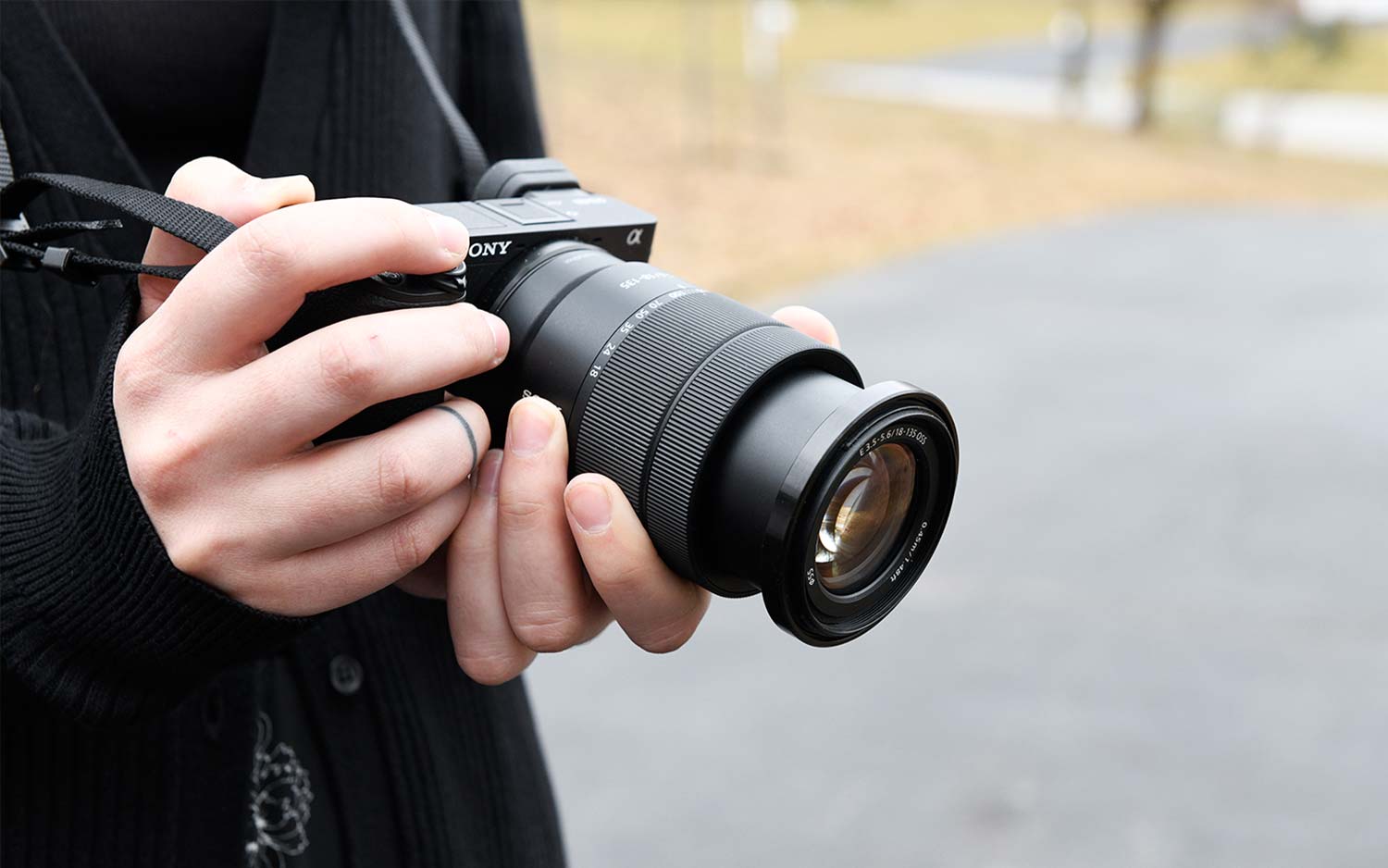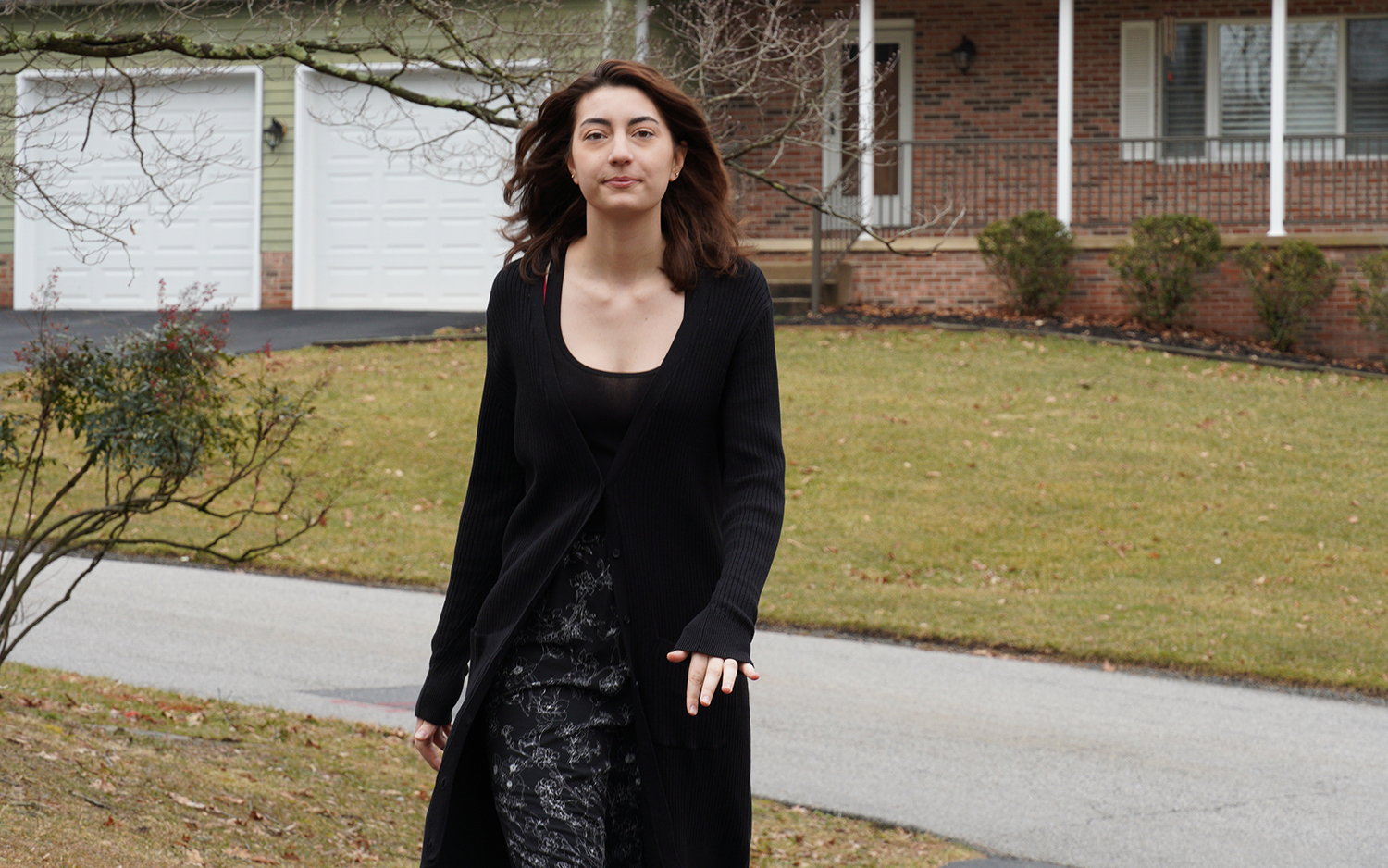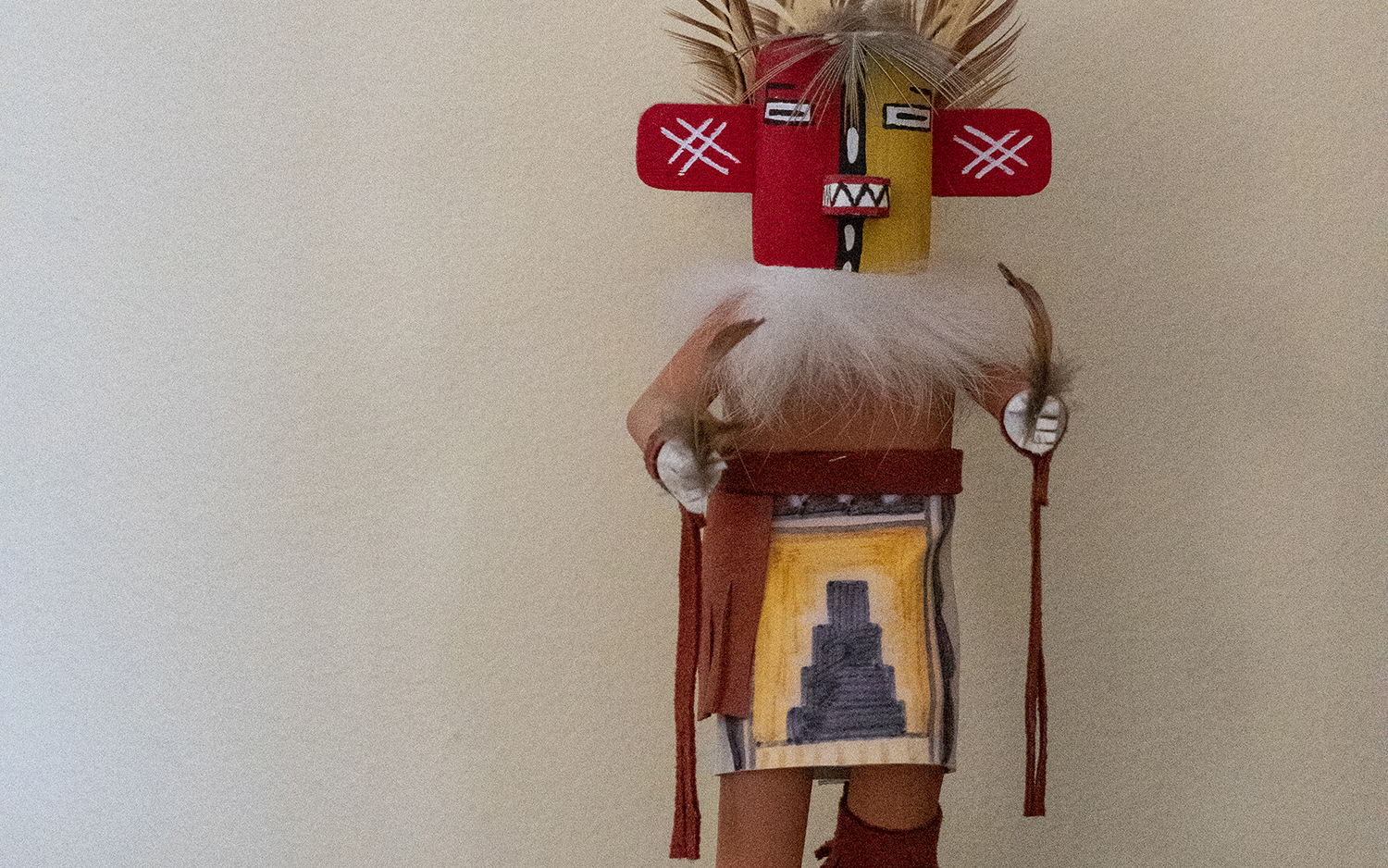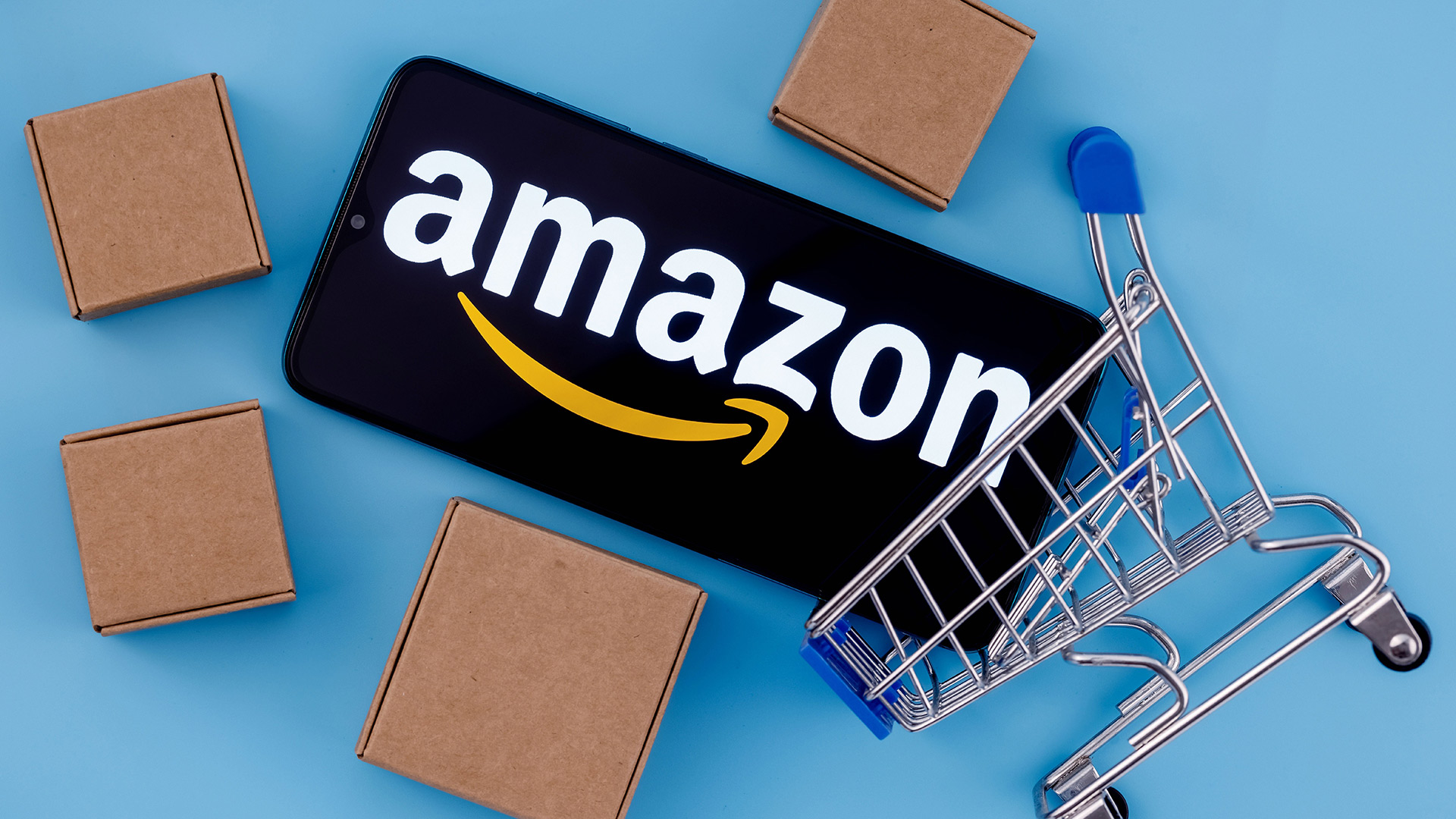Tom's Guide Verdict
Get the Sony A6400 mirrorless camera if you want speedy performance and good image quality in a relatively small package but don't mind a few shortcomings like limited touch-screen capabilities.
Pros
- +
Good image quality
- +
Full array of features
- +
4K video
- +
Touch focus
- +
Excellent performance
- +
USB charging
Cons
- -
Limited touch-screen capabilities
- -
LCD not fully articulated
- -
No in-body stabilization
- -
Dense menu system
- -
No external charger included
Why you can trust Tom's Guide
With its broad feature set, the Sony a6400 addresses the needs of many types of photographers, especially enthusiasts who want to step up to a more sophisticated camera or move from a DSLR to a more compact mirrorless camera. Semipros — or even full-time pros — looking for an affordable backup to their full-frame Alpha-series camera(s) will also find this camera appealing.
Given its speedy performance, the Sony a6400 meets the needs of sports and wildlife photographers — and parents who want to document their children at play. Some vloggers may be attracted by the ability to position the LCD at a 180-degree angle, but this new feature poses some issues.
Since the a6400 debuted, Sony has released a number of other compact mirrorless cameras. We've compiled this handy guide that compares the Sony a6400 vs the a6000, a6100, a6300, a6500, and a6600.
Sony A6400 Pricing and Availability
The a6400 costs $900 for the body alone, but you can also purchase it in a kit with a variety of lenses. When bundled with a 16-50mm lens, the a6400 costs $998; an 18-135mm lens kit is $1,338; and a 70-200mm kit is $3,498.
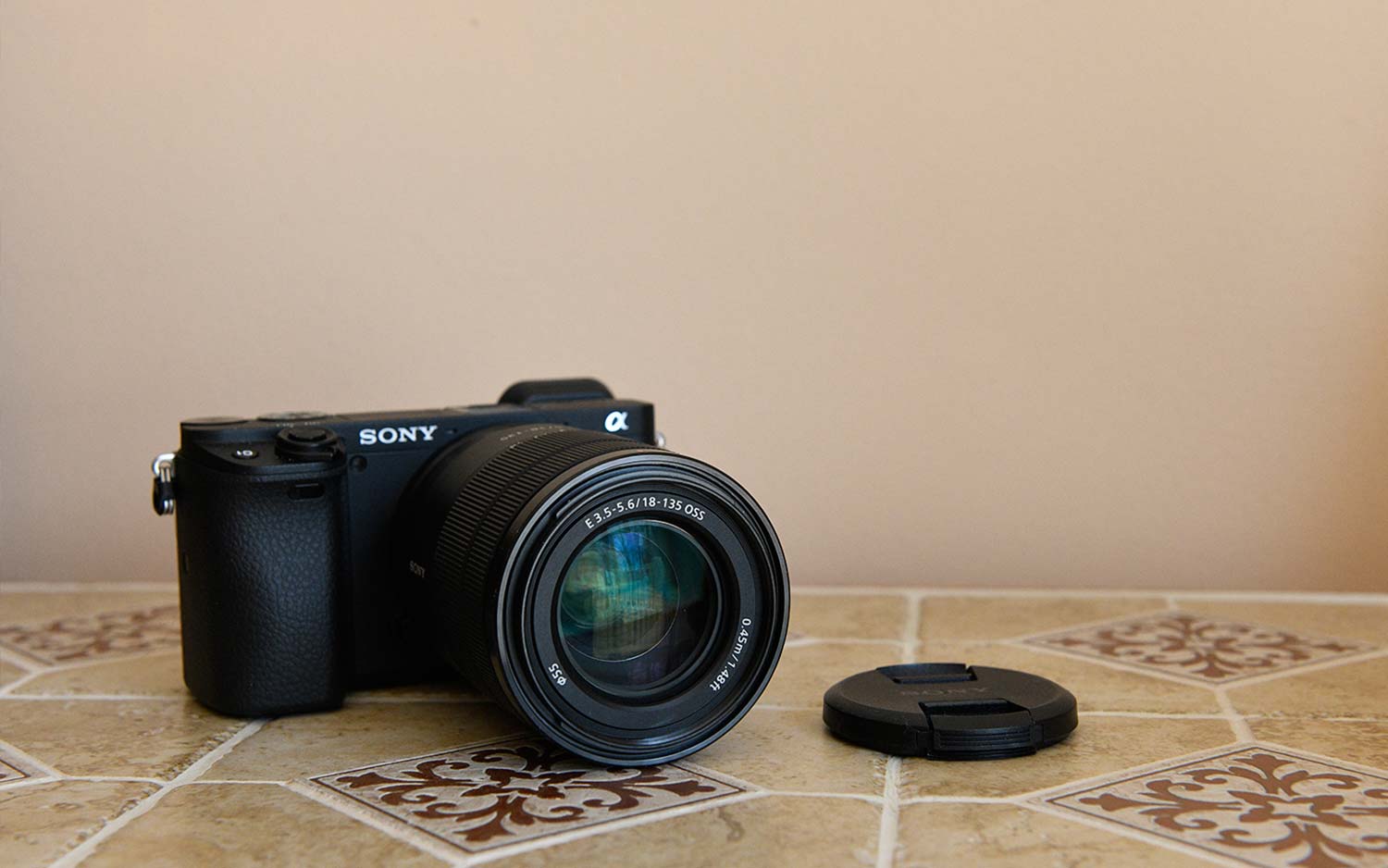
Sony A6400 vs. A6300 vs. A6500
The successor to the a6300, the a6400 ($900; body only) shares many of the same physical attributes and features as its older APS-C siblings, the a6300 ($748) and the slightly higher end a6500 ($1,198). While the a6400 lacks the in-body stabilization of the a6500, the newer model features more advanced AF and tracking capabilities than either of the two. But it pays to think about whether the a6400 updates are worth the extra dollars over the older a6300 or the in-body IS of the a6500.
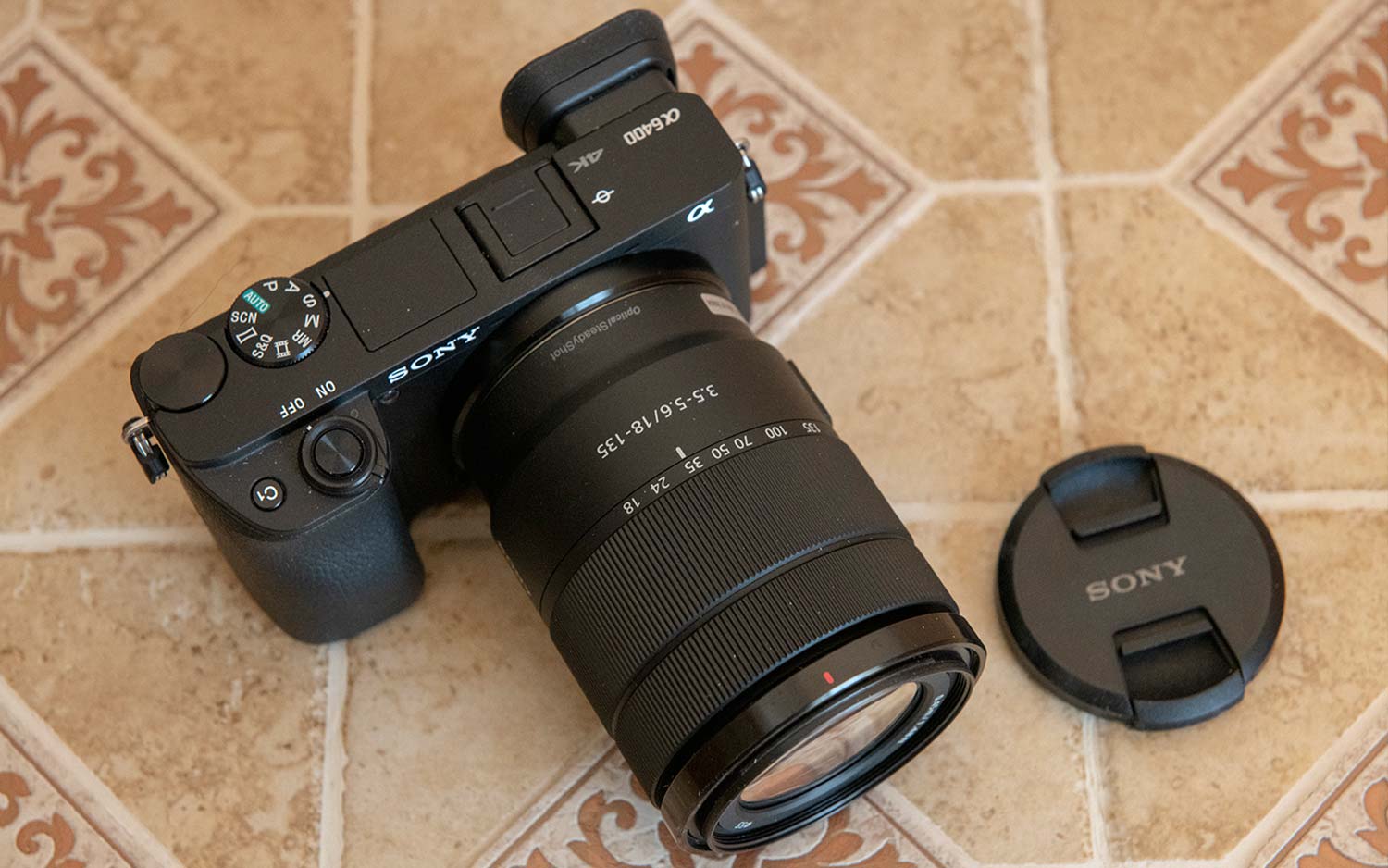
I tested the camera with several lenses but found that the 18-135mm kit lens ($1299 for the kit) best fit most of my needs. A $999 bundle with the 16-50mm lens is also available.
For more details, here is our in-depth comparison of the Sony A6400 vs. the A6000, A6300, and A6500.
Get instant access to breaking news, the hottest reviews, great deals and helpful tips.
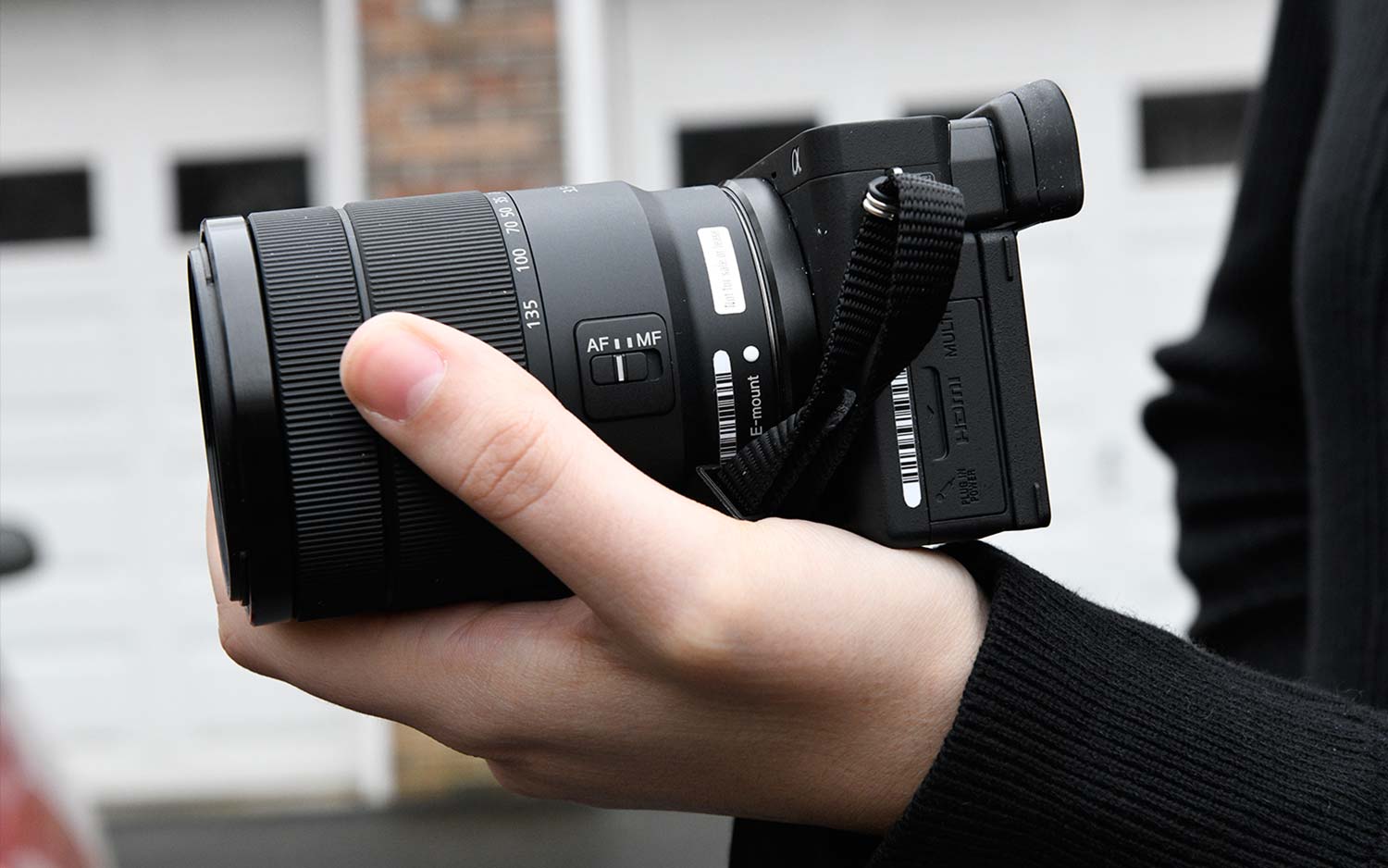
What I Liked About the A6400
Speedy performance
Thanks to Sony's new "Real-Time Tracking" and "Real-Time Eye AF," the a6400 performs admirably when tracking moving subjects. The former derives its fast and accurate tracking from a variety of factors (object recognition, color, pattern, etc.), while the latter uses a more sophisticated derivation of the company's already excellent eye AF. With 425 phase-detection AF points and 425 contrast-detection points (more than double the contrast-detection point of the a6300) and a new BIONZ X processor, both new tracking features are fast and accurate.
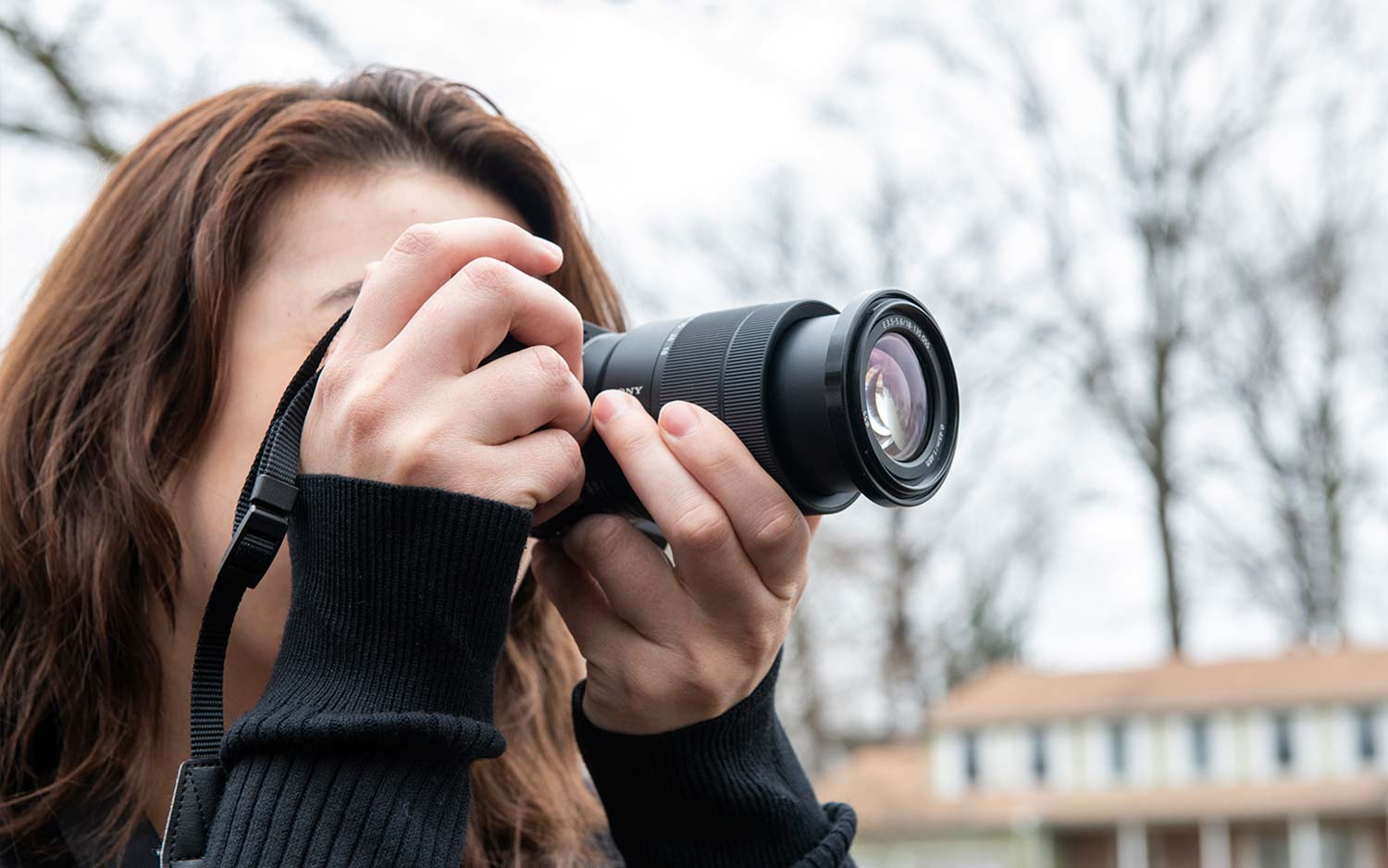
But I was really impressed with the Eye AF. Once it's set up, it's easier to use (a half-press of the shutter or a custom button) and is an exceptional addition to the a6400. You can also elect to have the camera focus on the left or right eye if you choose, although I didn't find it necessary. Better yet, the camera automatically switches to face or object recognition if or when the eye isn't visible in the frame so your subject will remain in focus. Sony plans to add Eye AF support for animals later this summer, further enhancing this technology.
It's easy to shoot a series of images in quick succession, with the eye sharply focused, as I did here using Real-Time Tracking and Eye AF.
When shooting at the lake, I heard a couple of geese honking and quickly turned around to see where they were. Although the 18-135mm kit lens wasn't quite long enough to capture a close-up, the AF locked in quickly as the birds did a fast flyby.
Like the a6300 and a6500, the new model can shoot at up to 11fps with full AF/AE and is no slouch when it comes to continuous shooting (although it doesn't come close to the comparably priced Fuji X-T30's 20fps). For silent shooting, the pace slows to about 8fps, which is still respectable.
MORE: 25 of the Best Sony a6000/a6300/a6400/a65000 Accessories
The buffer size of the a6400 has almost doubled versus the a6300 and the new camera can capture up to 116 standard JPEG and 46 compressed RAW files in a burst. But those are paltry numbers compared with the more expensive a6500's ability to capture 301/107 frames, respectively.
Solid image quality
Sony claims enhanced image quality with more natural colors and skin tones. Although difficult to quantify, looking back at previous a6300 files, it seems that there have been some minor improvements. Either way, images were well- exposed with accurate but natural-looking colors. Even the kit lens produced sharp photos. Overall, dynamic range was quite good, even when photographing a black dog in the bright sunlight.
Image noise was kept well under control up to about ISO 1600. Pushing ISO to about 6400 is about the limit before the image severely degrades, but be sure to process the RAW file for best results.
Video quality was good as well, with generally accurate exposure, sharpness and color rendition. (Just don't pan too quickly or you'll get that jello-like rolling shutter.) And the camera has a microphone jack, although no headphone jack.
MORE: How to Take Great Pictures with the Sony a6300 or a6000
Touch focus
Being able to select the focus point by tapping or dragging on the camera's 3-inch LCD — even when your eye is to the viewfinder — is a real bonus. Although not new to the a6400, this feature allows you to quickly and precisely select and move the focus point without having to take the extra time needed to use a joystick or other hard control to reposition the focus point. It's also a great feature to use when pulling focus in video.
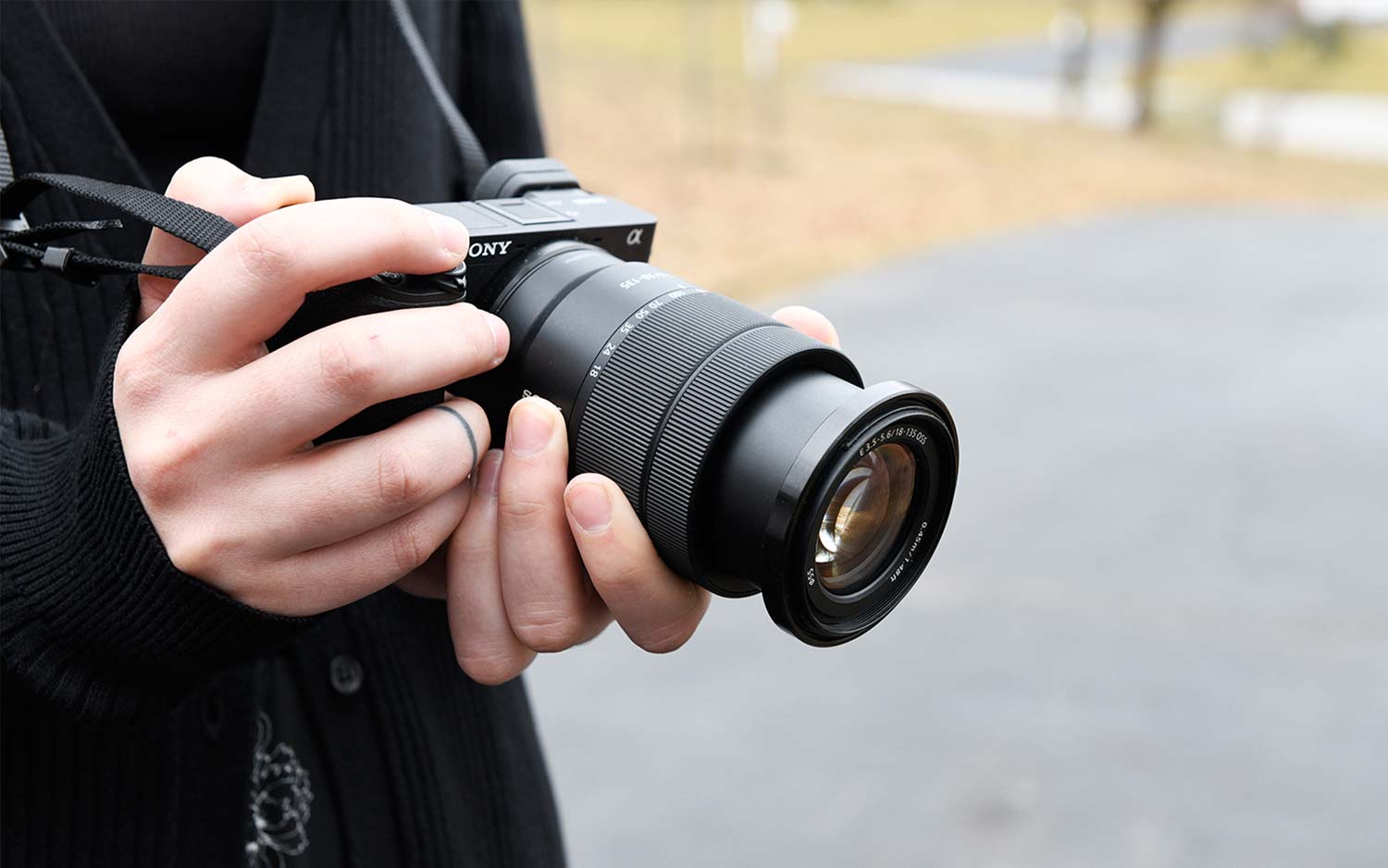
Helpful custom options
Sony has added a few features to the a6400 that take some of the pain out of using the Menu system. Like the pricier a6500, the new model's menu system is better organized. Unique among the a6xxx series cameras is the a6400's My Menu, which, until now, was available only on a few Sony full-frame mirrorless cameras like the a7 III, a7R III and a9. My Menu, which is a separate tab, allows you to register up to 30 different settings (focus area, focus mode, etc.) to My Menu for quick and easy access to your favorites so you don't have to hunt for them.
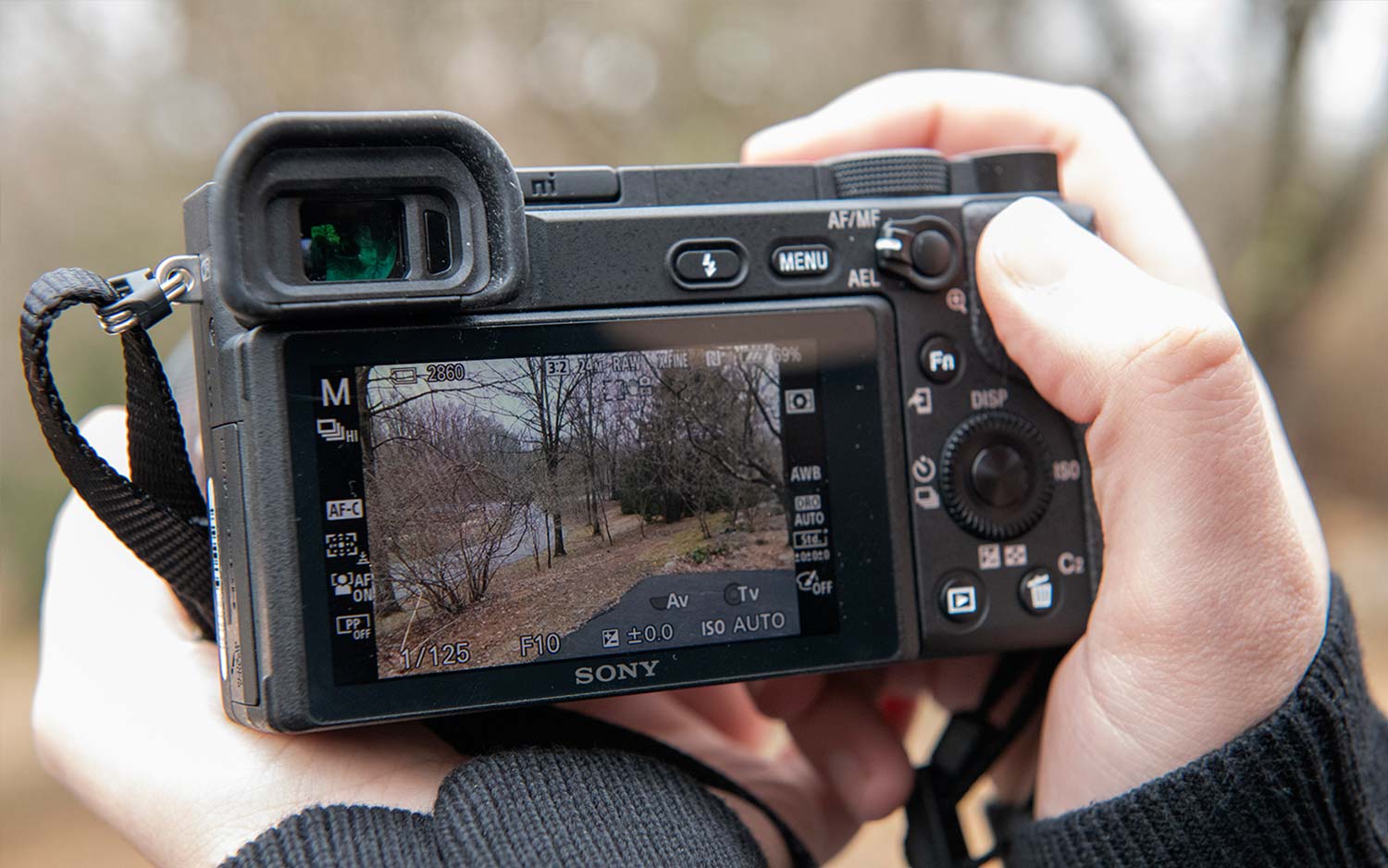
Also new to the a6400 is the My Dial feature. With this special option, you can assign functions to both the control dial and control wheel. Like My Menu, this streamlines the camera operation by putting the most-often used settings at your fingertips. When setting up custom button functions, Sony has thoughtfully added a visual illustration of the camera as a guide so you can match the physical button/key and the assigned function.
No limit video capture
Video capture on many digital still cameras is limited to 29 minutes and 59 seconds (or less) per clip. However, the a6400 has no such restrictions, so you can continue filming until the SD card is full or the battery runs out of juice. While most videos and films are created using multiple shots/clips, this allows you to capture events such as lectures and performances without having to restart the recording. While most of us many never hit record and let the camera capture video for more than 30 minutes at a time, it's a nice feature to have — just in case you need it.
External battery option
I'm not a huge fan of USB charging, but the good news is that you can use an external battery pack to operate the camera when the battery runs out. A third-party battery charger, which comes with two batteries, costs $59.
What I Didn't Like About the A6400
No in-body image stabilization
Perhaps the biggest drawback to the a6400 is its lack of in-body image stabilization. Sure, you can find any number of Sony e-mount lenses with image stabilization, but it's always convenient to have it built in so you get IS with any lens. You'll have to step up to the a6500 to get this feature.
180-degree tiltable LCD could be better
It's not that I didn't like the fact that the a6400's LCD can be titled up to 180 degrees for vlogging but, rather, this design feature falls short of being useful for more serious vloggers. A fully articulated, side-hinge LCD — like that found on the Canon M50 and the new, full-frame EOS RP, for example — would solve several issues. First, if you attach an external microphone to the hot shoe on the A6400, the screen is blocked. (You can always attach the microphone with brackets off to the side of the camera, but for that you'll need different equipment.)
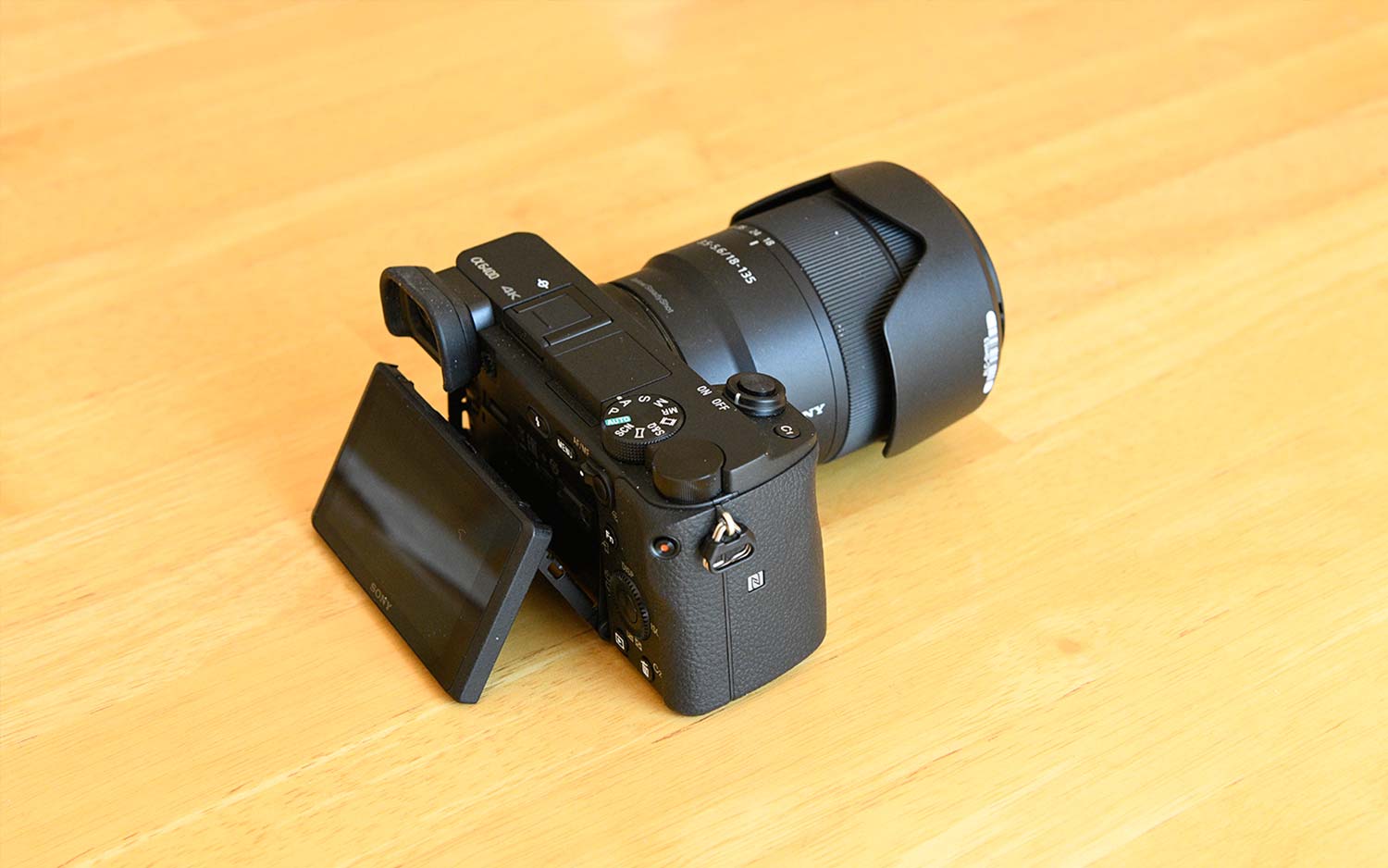
When tilted 180 degrees, the screen isn't fully visible above the camera body. And, because of the rubber eyecup, the LCD doesn't lie flat against the back of the camera. A fully articulated screen is a much more practical — and convenient — option even if it affects the size and price of the camera.



Limited touch-screen capabilities
While I love the a6400's touch focus, the screen's touch capabilities are extremely limited. For example, touch is not active when accessing menu settings, nor can you swipe through images in playback. The latter only allows you to double tap to enlarge an image and then use the touch screen to move the viewing area within that image. These limitations are a bit frustrating.
No in-camera stop-motion processing
The a6400 is the first in the series to have a built-in interval timer (a great addition since the option was no longer available through Sony's Play Memories app). However, you have to use a separate program on your computer to create a stop-motion movie (Nikon DSLRs can automatically put the movie together in camera). Sony's free Image Edge software can be used to create a stop-motion movie, but it would be easier and more convenient to have in-camera processing.
Dense menu system
Although Sony has improved its menu system as noted above with its My Menu and My Dial options, navigating the a6400's settings can be a challenge, especially those new to Sony cameras. Expect to spend a lot of time becoming familiar with the menus. Unfortunately, the online user manual isn't as helpful as one would hope.

Bottom Line
Despite some of its shortcomings, such as lack of in-body image stabilization and limited touch-screen capabilities, the Sony a6400 is a solid camera within the increasingly crowded mid-range mirrorless market that also includes the likes of the Nikon Z50 and Canon EOS M6 Mark II. And it's good to know that Sony hasn't abandoned its APS-C line given the popularity of full-frame cameras. Having that extra telephoto reach with a cropped sensor allows users to mount smaller, lighter lenses than those on a full-frame camera to achieve the same field of view.
But it's the new tracking and eye AF technology that's really the selling point of the a6400. It's not perfect, but it brings the camera's abilities closer to that of higher-end mirrorless models. If in-body image stabilization is a must for you, the $1,198 Sony a6500 may be a better bet. But one has to wonder if — and when — Sony will update the a6500 with the performance enhancements of the a6400. That may be a camera worth waiting for.
Credit: Tom's Guide
Theano Nikitas is a freelance journalist and photographer. She's been writing about photography for more than 20 years, contributing countless reviews of cameras, lenses, accessories and software packages to Tom's Guide. Her work has also appeared in dozens of other magazines and websites, including CNET, DPreview, PopPhoto, Professional Photographer and Shutterbug.
